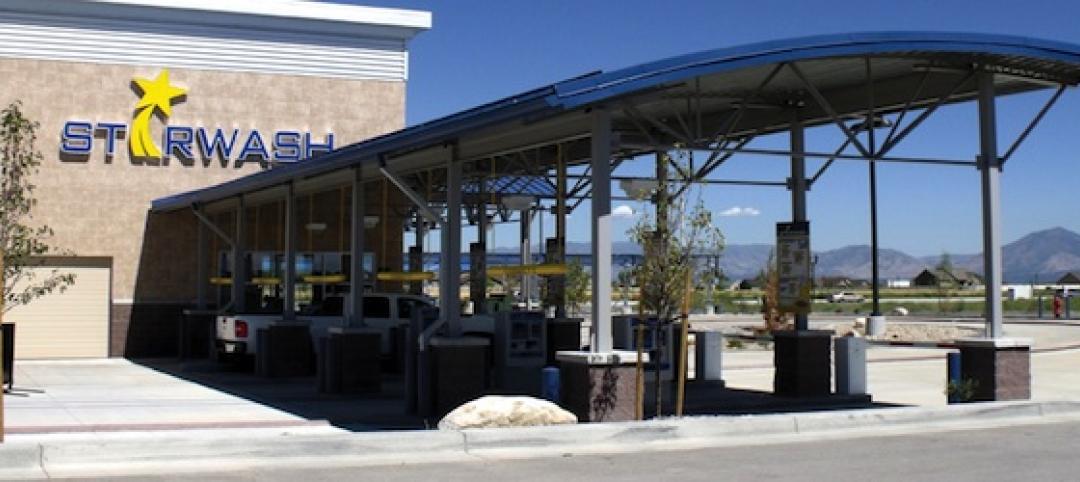Buildings in arctic and subarctic climates face cold, remoteness, limited utilities, permafrost, and extreme temperature shifts.
Meeting these challenges while keeping occupants comfortable and minimizing environmental impact creates difficulties for designers. “Cold-Climate Buildings Design Guide” from ASHRAE provides information on the issues commonly faced in these climates.
Tips for designing, operating and maintaining buildings and systems in cold climates from the guide include:
- The colder the climate, the more important it is for critical equipment to be sheltered – you can’t expect service personnel to properly repair HVAC equipment in a winter blizzard.
- In extreme climates, windblown snow takes on a consistency similar to sand and requires special design techniques to keep it from getting into HVAC intakes.
- A building envelope must address all modes of heat loss to be truly efficient; ignoring any mode of loss may lead to excessive thermal transfer.
- Design out cold bridges in both building fabric and engineering penetrations.
- Avoid or minimize any external service pipe runs.
- Provide safe access to roof mechanical plants in all weathers – frozen roof surfaces can be a hazard.
- Locate air inlets and exhausts in locations that avoid snow drift and blockage.
Related Stories
| Sep 13, 2010
7 Ways to Economize on Steel Buildings
Two veteran structural engineers give you the lowdown on how to trim costs the next time you build with steel.
| Sep 13, 2010
Community college police, parking structure targets LEED Platinum
The San Diego Community College District's $1.555 billion construction program continues with groundbreaking for a 6,000-sf police substation and an 828-space, four-story parking structure at San Diego Miramar College.
| Sep 13, 2010
Second Time Around
A Building Team preserves the historic facade of a Broadway theater en route to creating the first green playhouse on the Great White Way.
| Sep 13, 2010
Triple-LEED for Engineering Firm's HQ
With more than 250 LEED projects in the works, Enermodal Engineering is Canada's most prolific green building consulting firm. In 2007, with the firm outgrowing its home office in Kitchener, Ont., the decision was made go all out with a new green building. The goal: triple Platinum for New Construction, Commercial Interiors, and Existing Buildings: O&M.
| Aug 11, 2010
New data shows low construction prices may soon be coming to an end
New federal data released recently shows sharp increases in the prices of key construction materials like diesel, copper and brass mill shapes likely foreshadow future increases in construction costs, the Associated General Contractors of America said. The new November producer price index (PPI) report from the Bureau of Labor Statistics provide the strongest indication yet that construction prices are heading up, the association noted.











